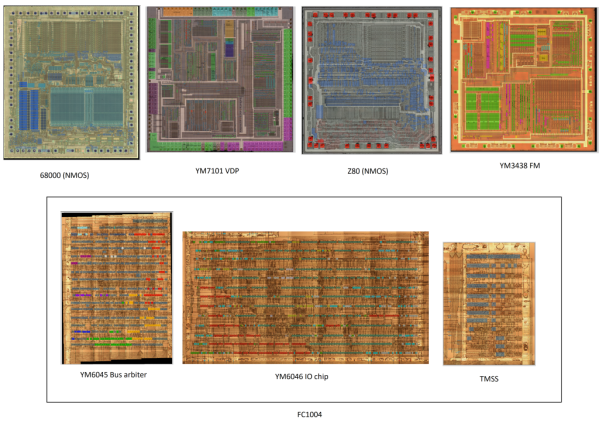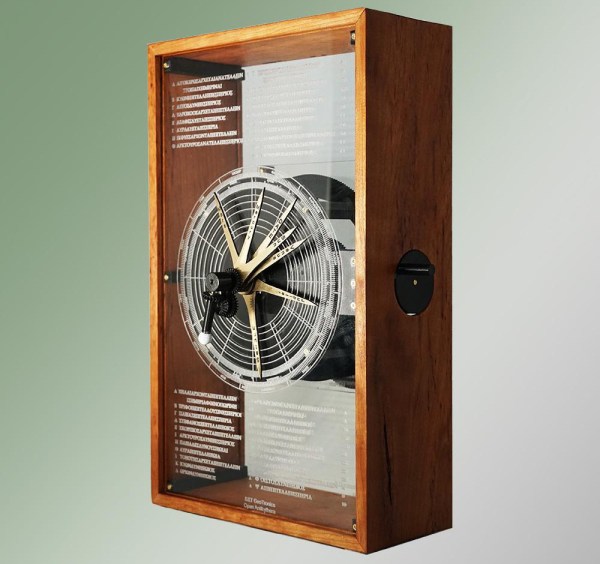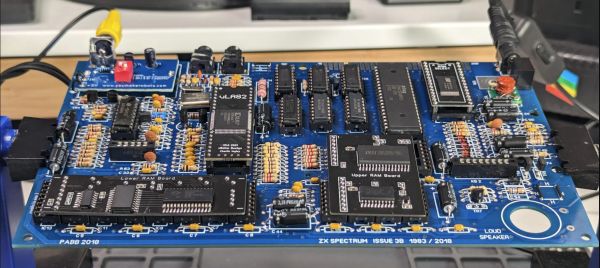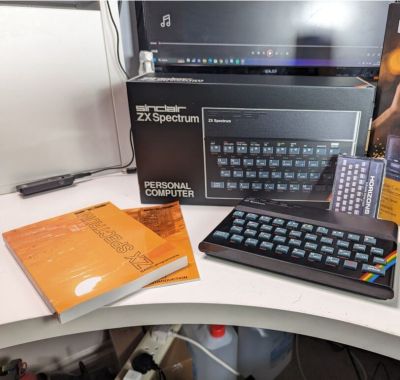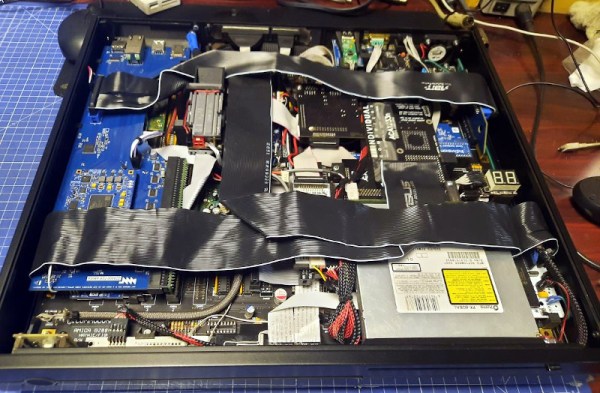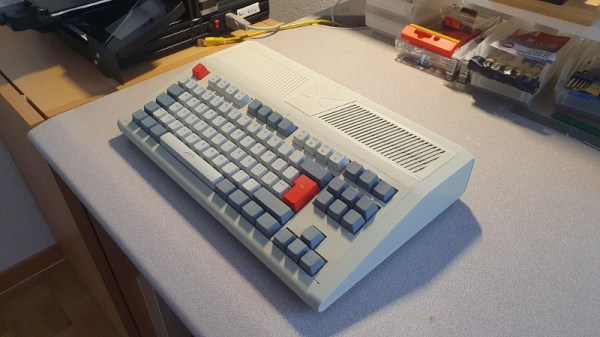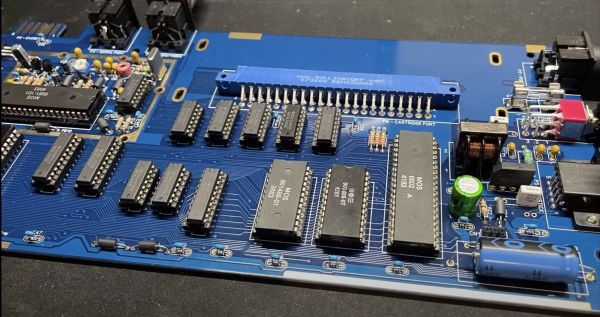As far as model construction sets go, LEGO is by far the most popular brand for building not only pre-planned models but whatever the builder can imagine. There are a few others out there though, some with some interesting features. Meccano (or Erector in North America) is a construction set based around parts that are largely metal including its fasteners, which allows for a different approach to building models than other systems including the easy addition of electricity. [Craig], a member of the London Meccano Club, is demonstrating his model Enigma machine using this system for all of its parts and adding some electricity to make the circuitry work as well.
The original Enigma machine was an electronic cypher used by the German military in World War 2 to send coded messages. For the time, its code was extremely hard to break, and led to the British development of the first programmable electronic digital computer to help decipher its coded messages. This model uses Meccano parts instead to recreate the function of the original machine, with a set of keys similar to a typewriter which, when pressed, advance a set of three wheels. The wheels all have wiring in them, and depending on their initial settings will light up a different character on a display.
There are a few modifications made to the design (besides the use of a completely different set of materials) but one of the main ones was eliminating the heavy leaf springs of the original for smaller and easier-to-manage coil springs, which are also part of the electrical system that creates the code. The final product recreates the original exceptionally faithfully, with plans to create a plugboard up next, and you can take a look at the inner workings of a complete original here.


